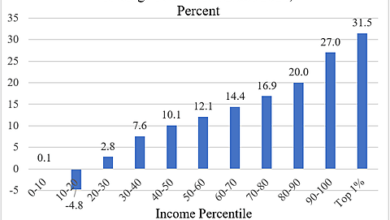Barnes v. Felix Brief: Officers Must Be Held Accountable for Needless Deadly Force

Matthew Cavedon
Ashtian Barnes was driving a car his girlfriend rented, which had unpaid toll fees. Constable Felix stopped him. When the car started to pull away, Constable Felix decided to stand on its runner and fire his gun into the car before he could even see inside. Then, he fired a second shot. A bullet struck Barnes in the head and he died.
Barnes’s mother filed a lawsuit claiming that Constable Felix violated her son’s constitutional rights by killing him. The district court granted Felix qualified immunity. The Fifth Circuit agreed, holding that the reasonableness of a police seizure is determined based only on the “moment of threat.” In other words, all that mattered was that Constable Felix was in danger the instant he opened fire; it didn’t matter that Felix put himself in harm’s way by stepping onto Barnes’s moving car, nor that he killed Barnes over unpaid toll fees.
Cato, the Law Enforcement Action Partnership (LEAP), and the Center for Policing Equity filed an amicus brief asking the Supreme Court to reverse the Fifth Circuit’s decision. The common law the Fourth Amendment is based on protected human life by limiting when officers could use deadly force. They couldn’t kill someone just for fleeing from being arrested for petty charges. Officers could only use deadly force to defend themselves if someone forcefully resisted them.
Upholding these traditional rules is important for restoring public confidence in police. A toxic combination of legal limits on liability and economic motives to collect tolls unfairly benefits Houston constables like Constable Felix. But the Supreme Court could promote better, safer policing by confirming that no one is above the law.
Ashtian Barnes didn’t die because he threatened anyone. He died because of Constable Felix’s bad decision, and the constable should be held accountable.
Read the brief here.





